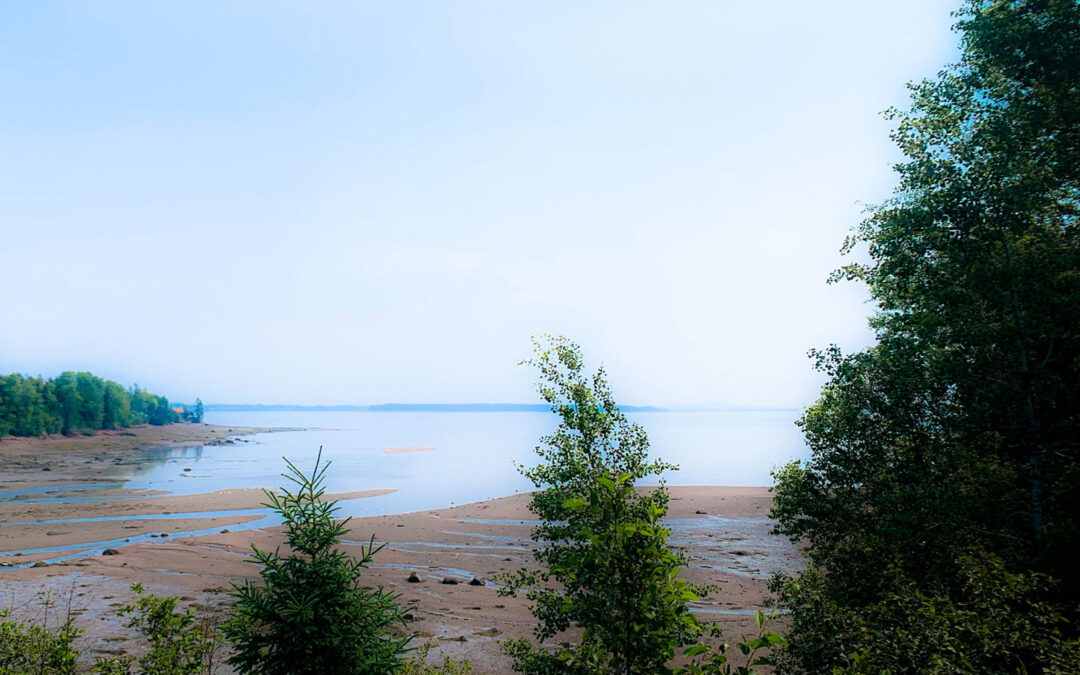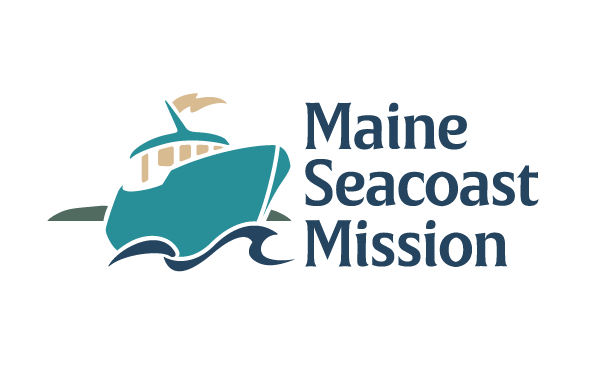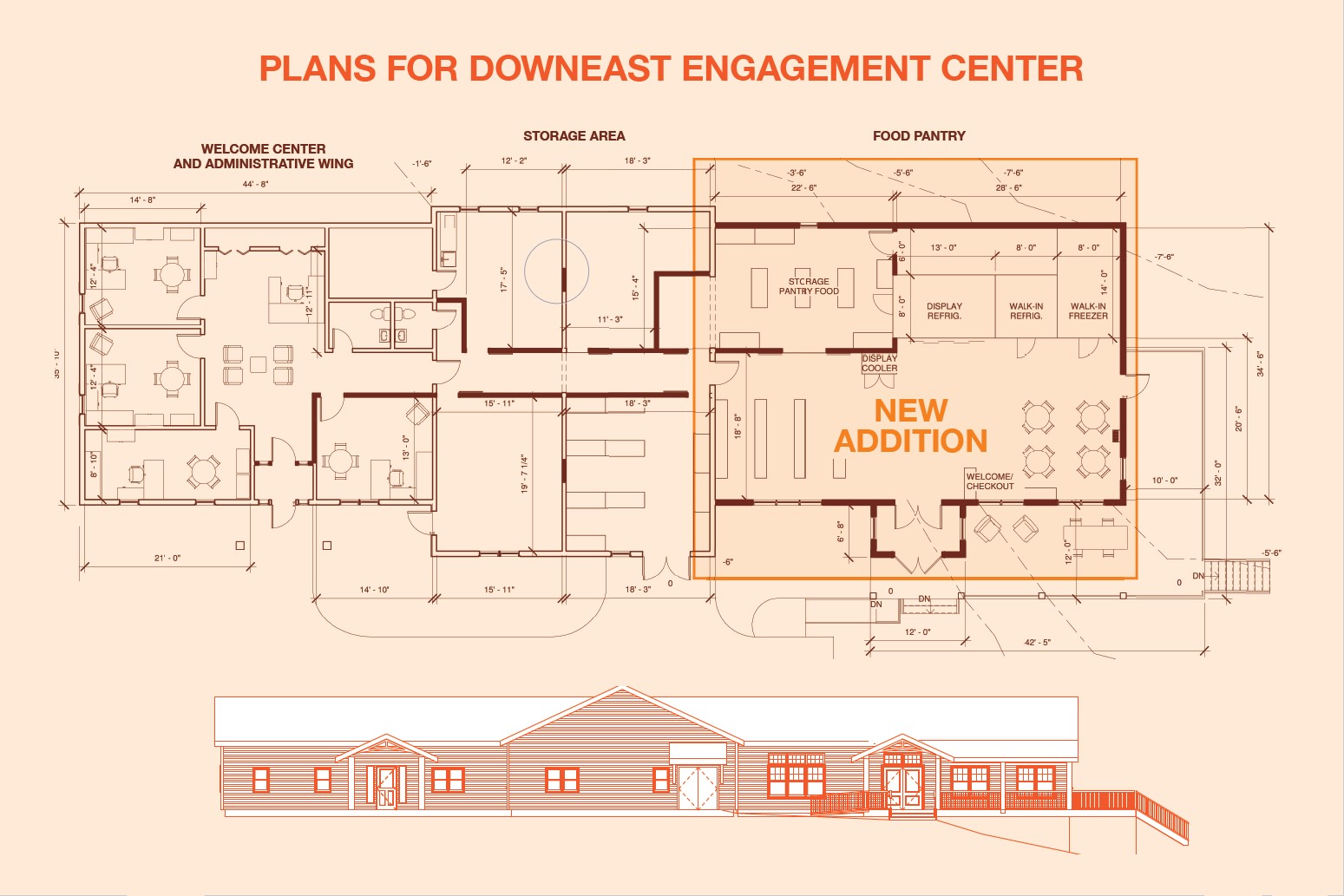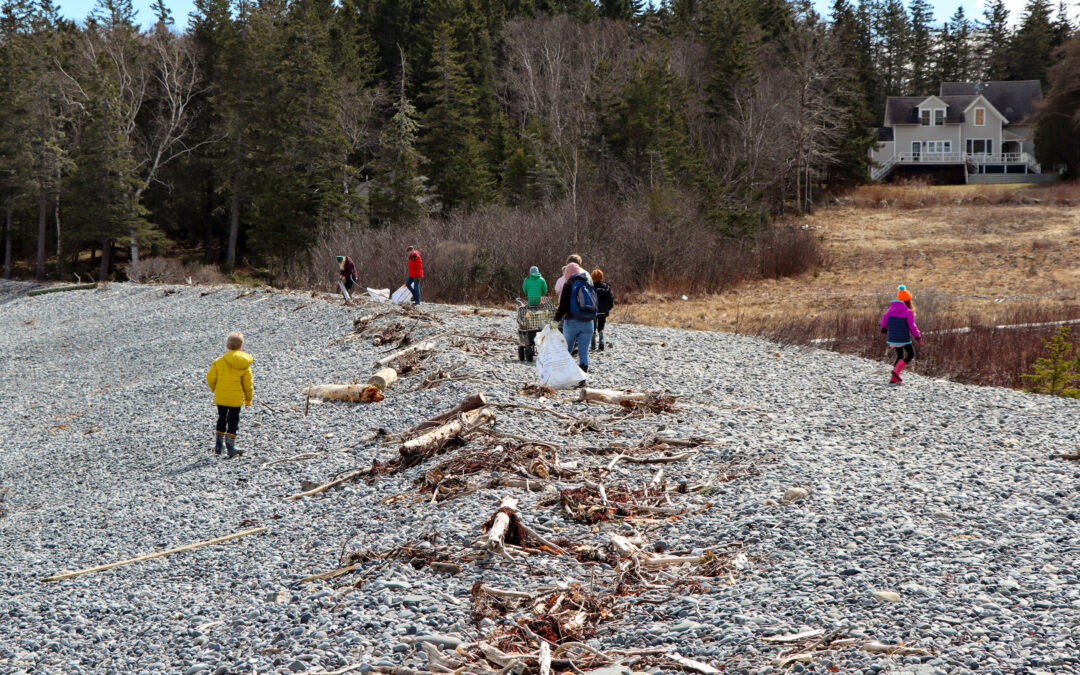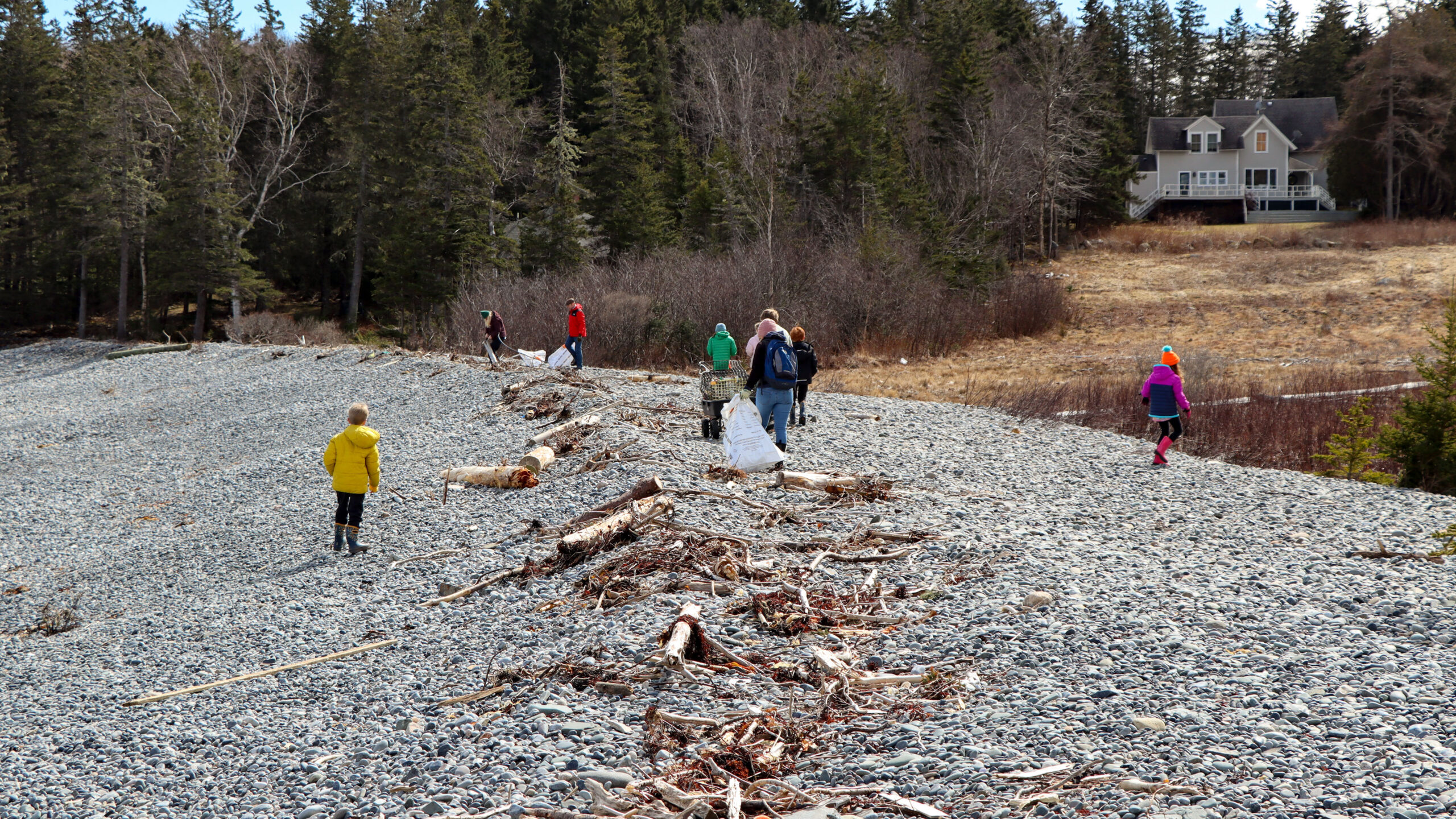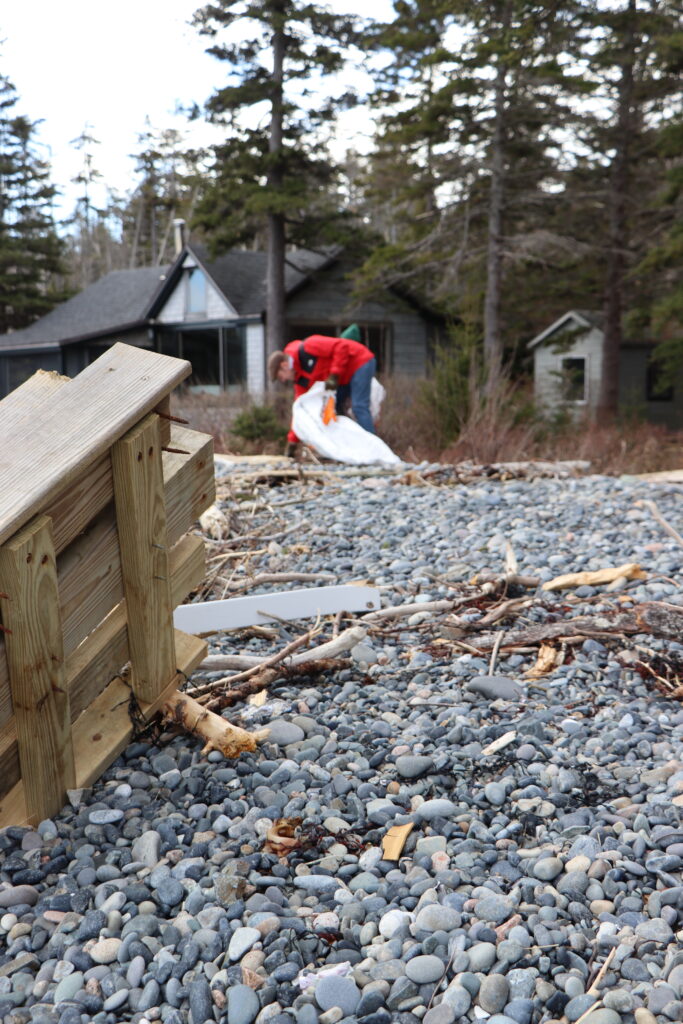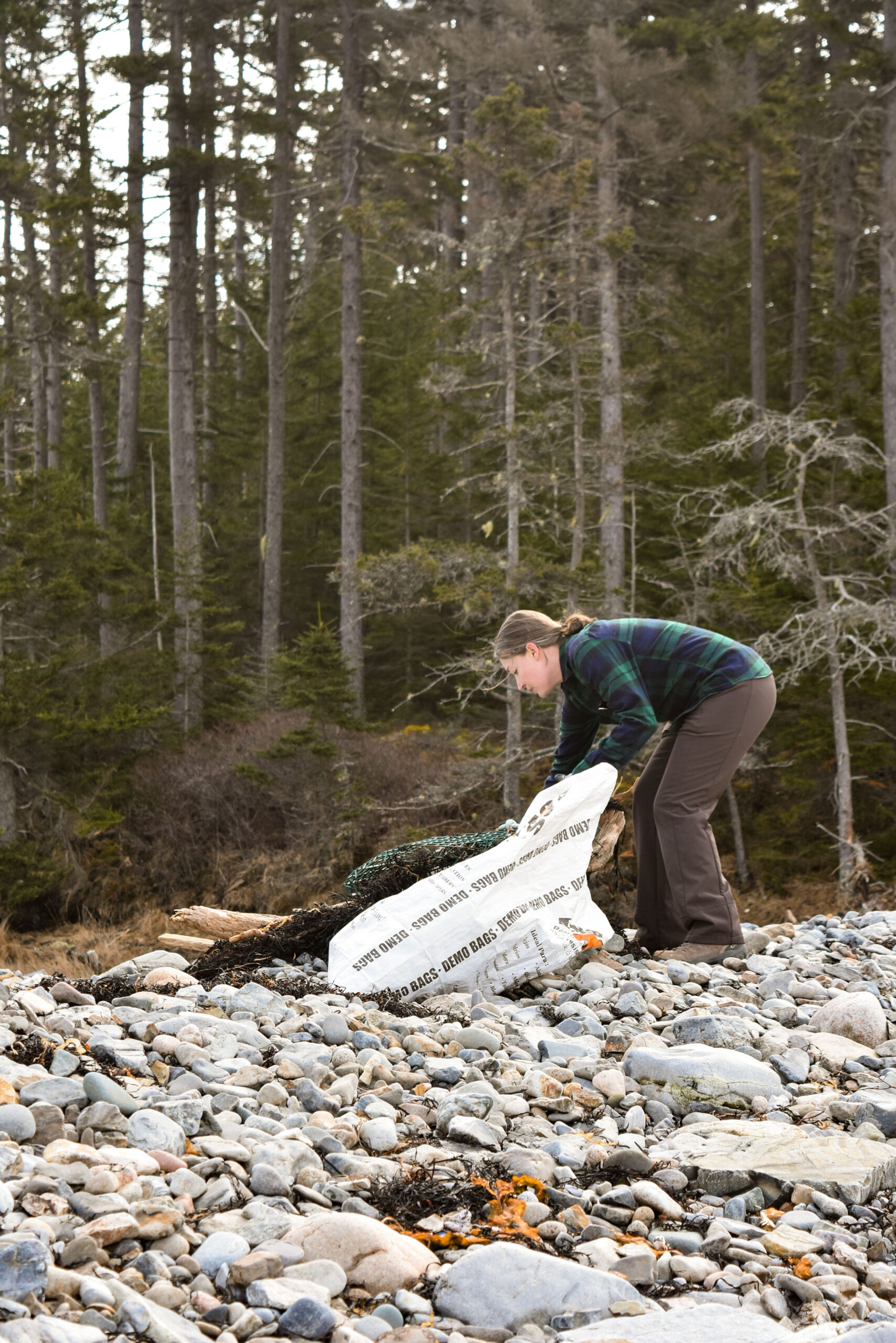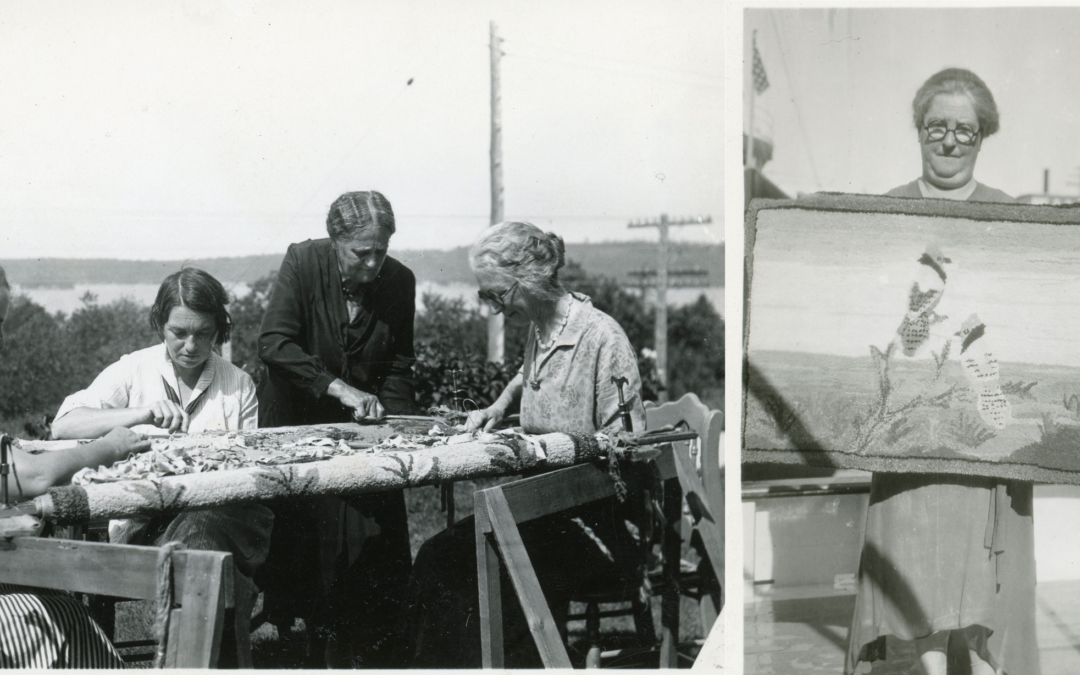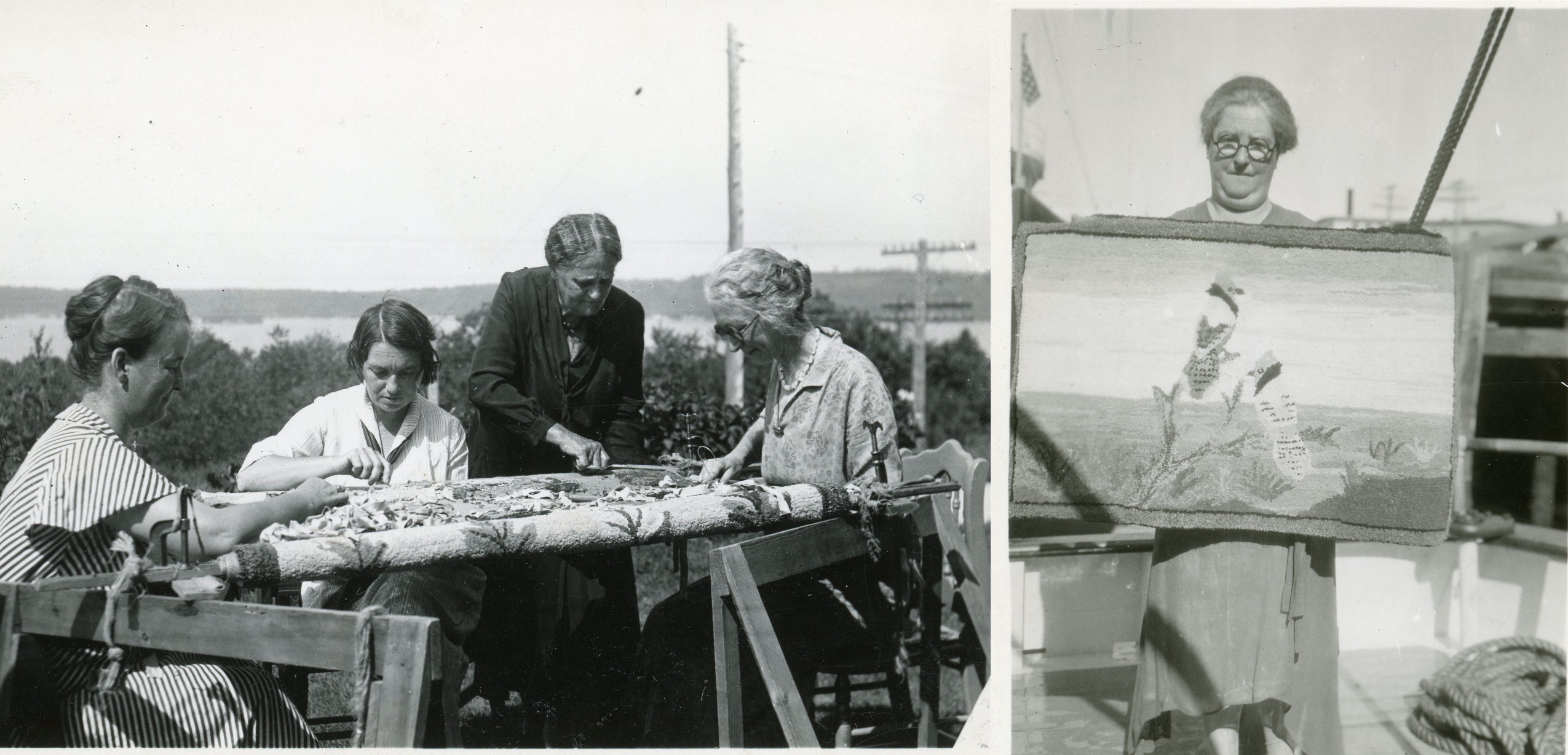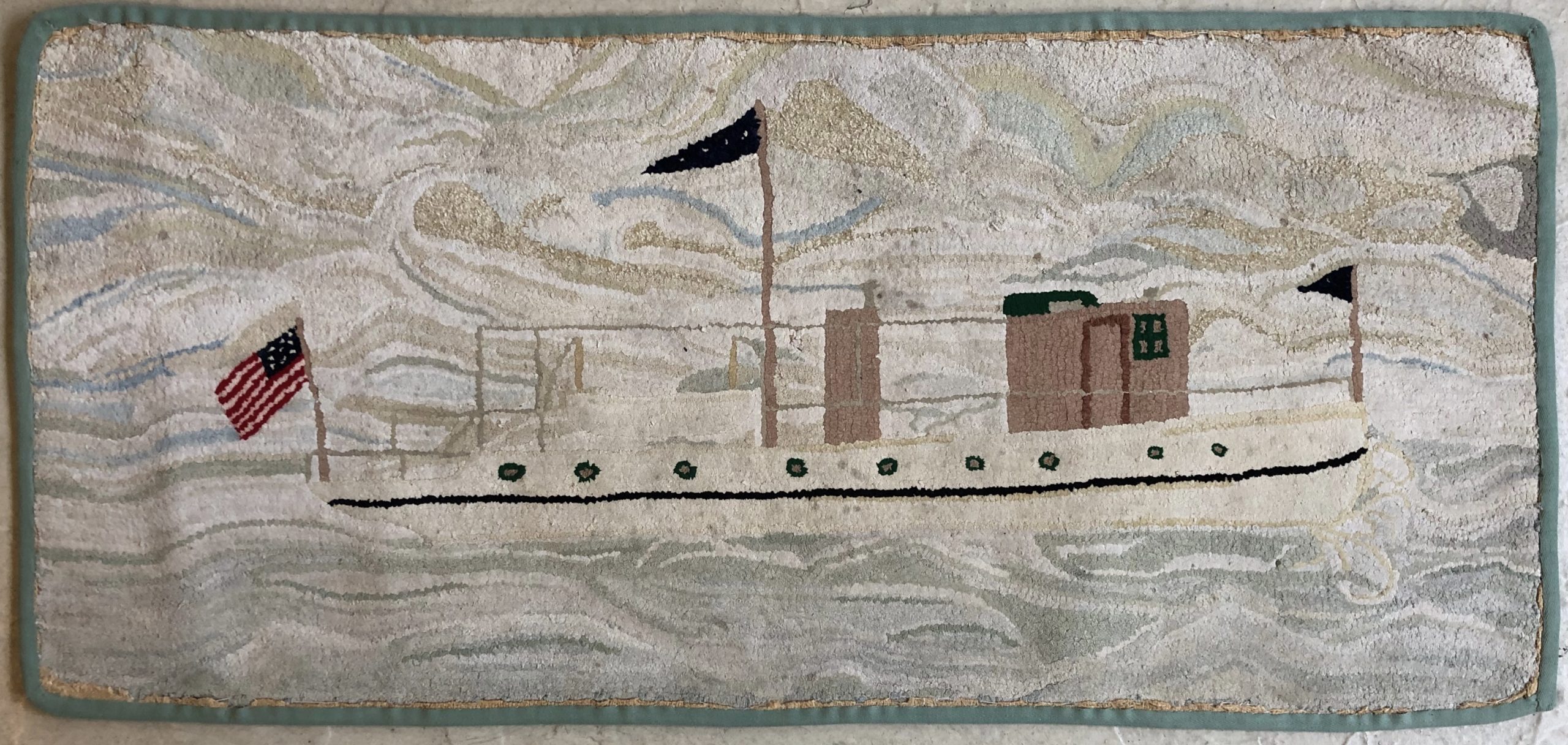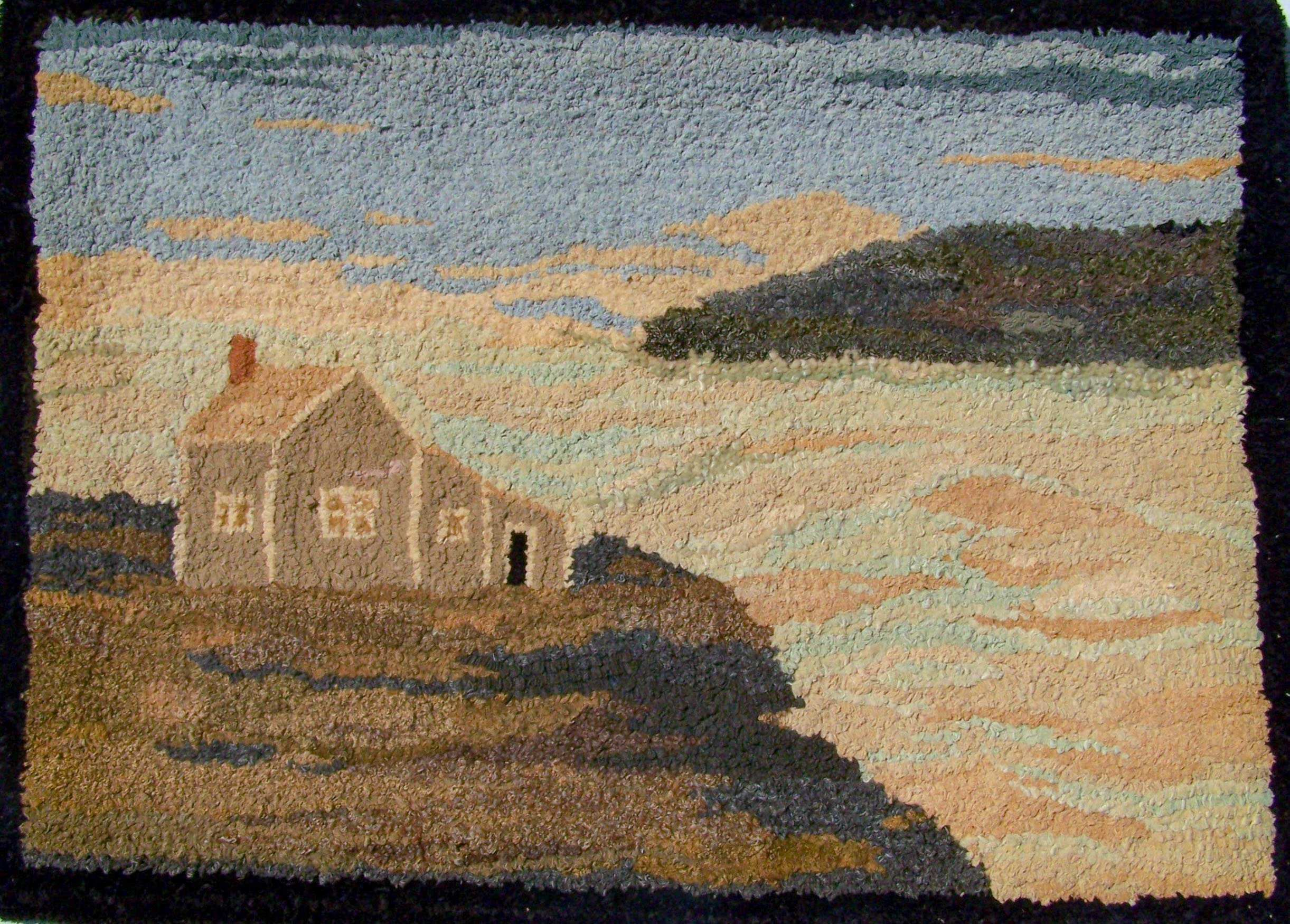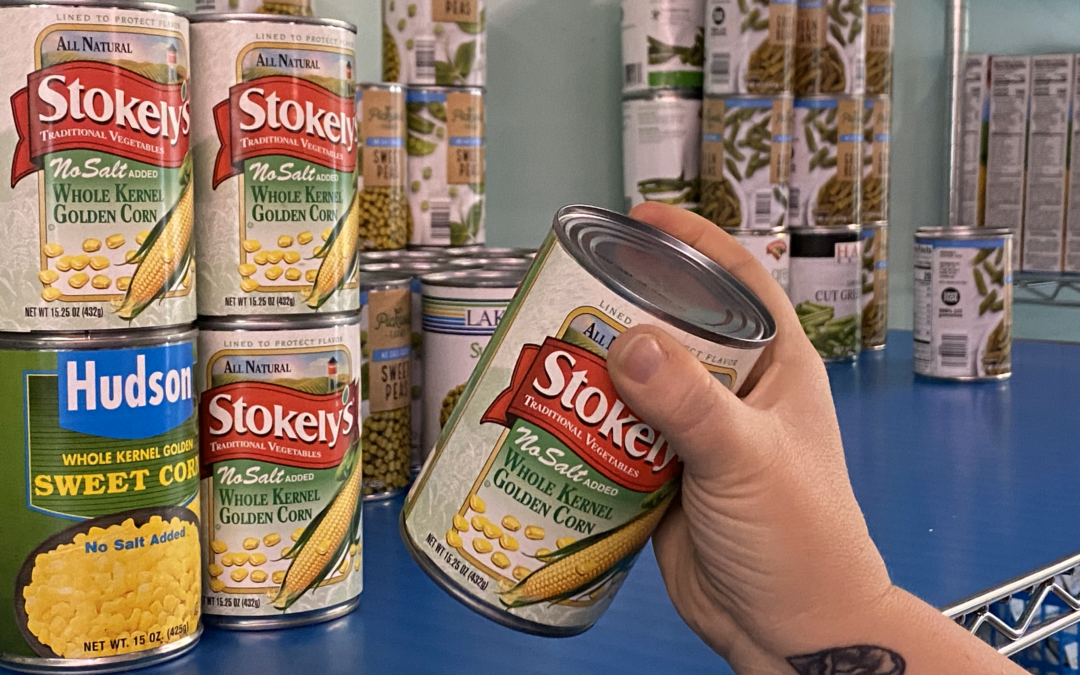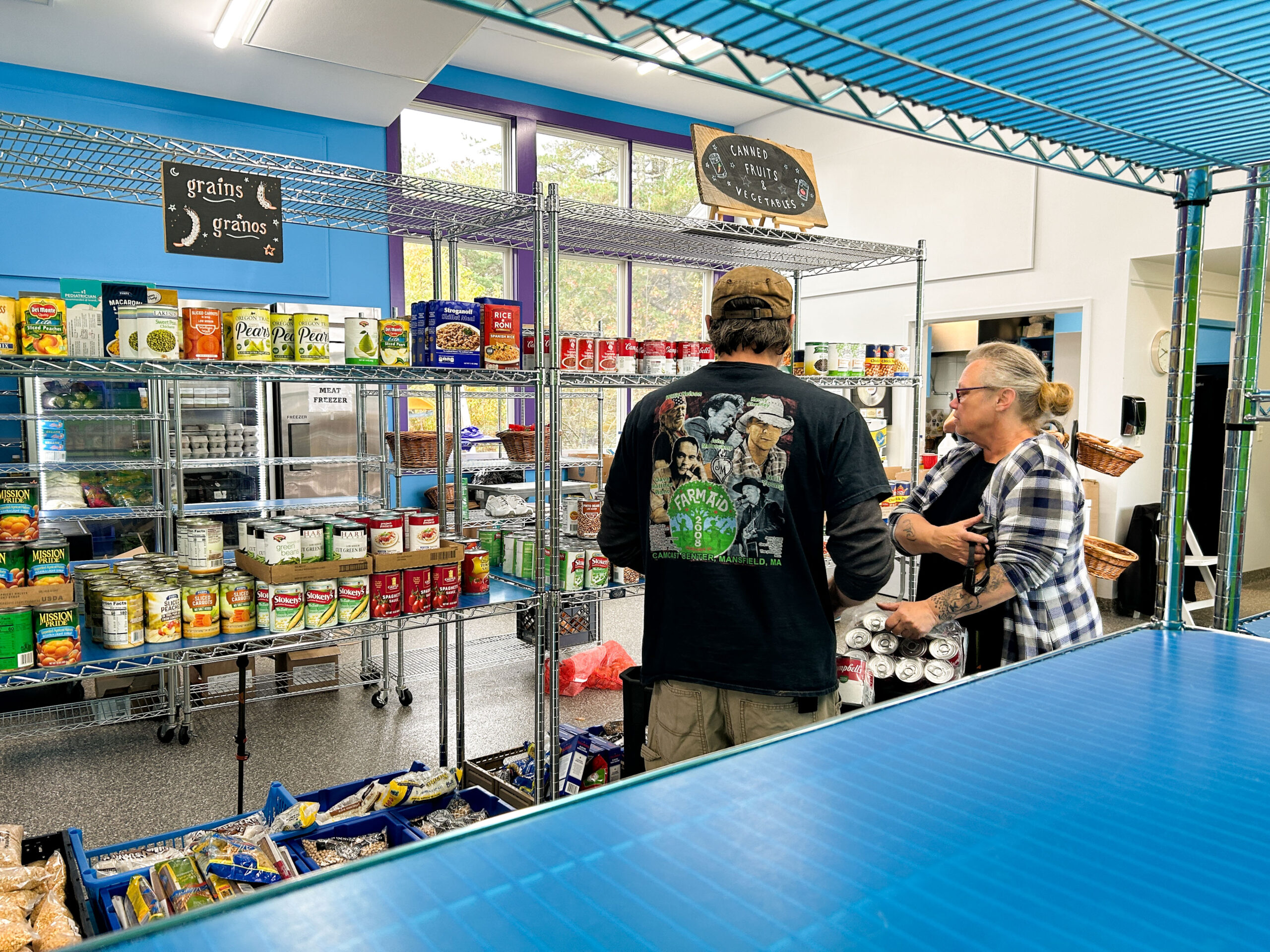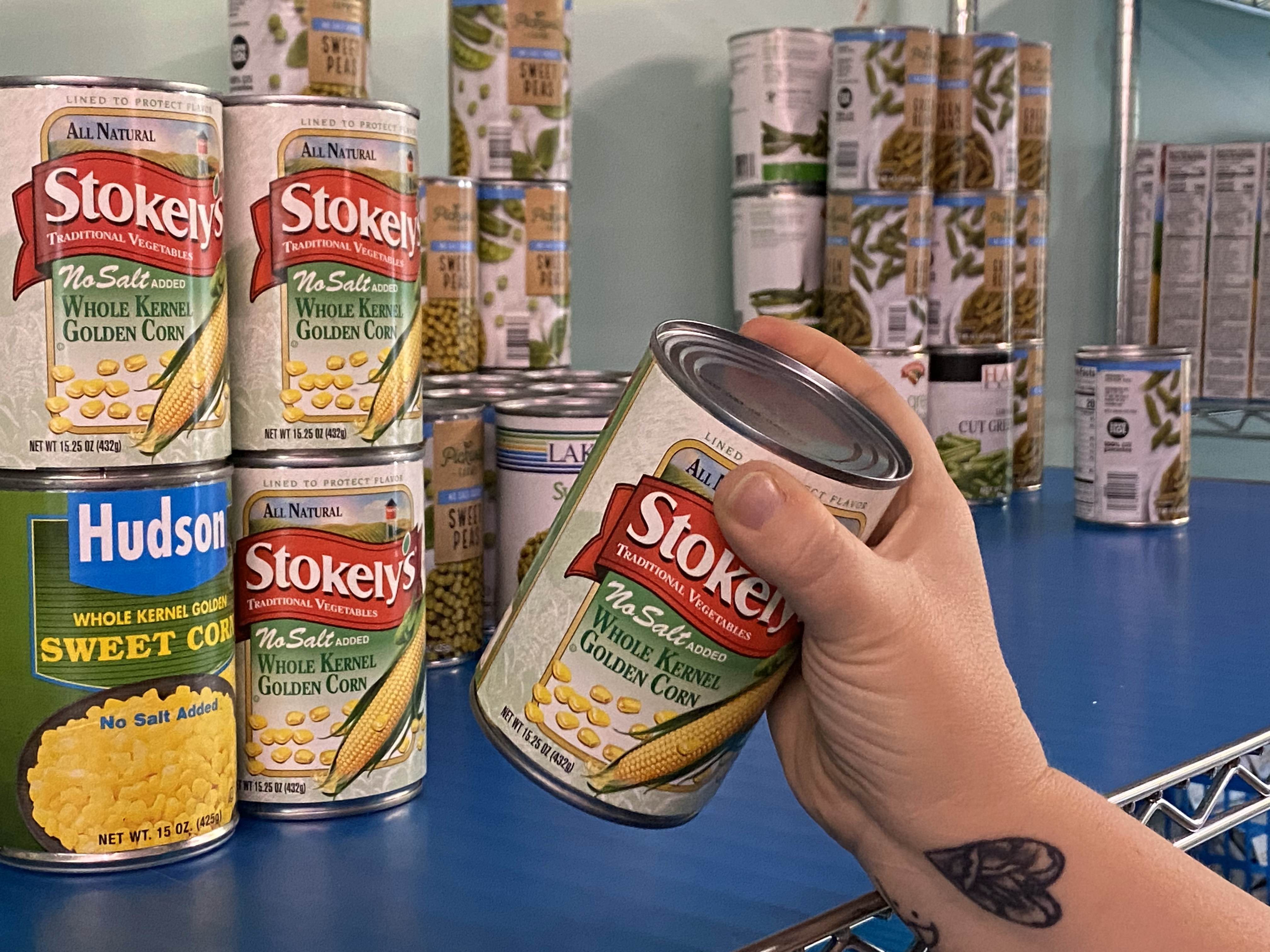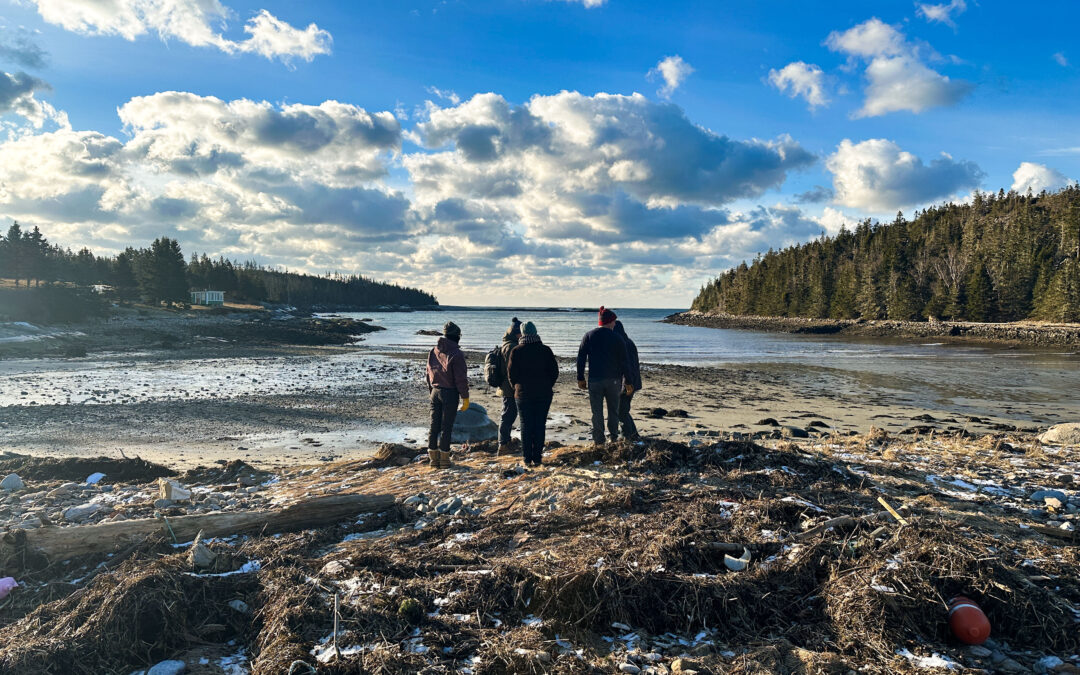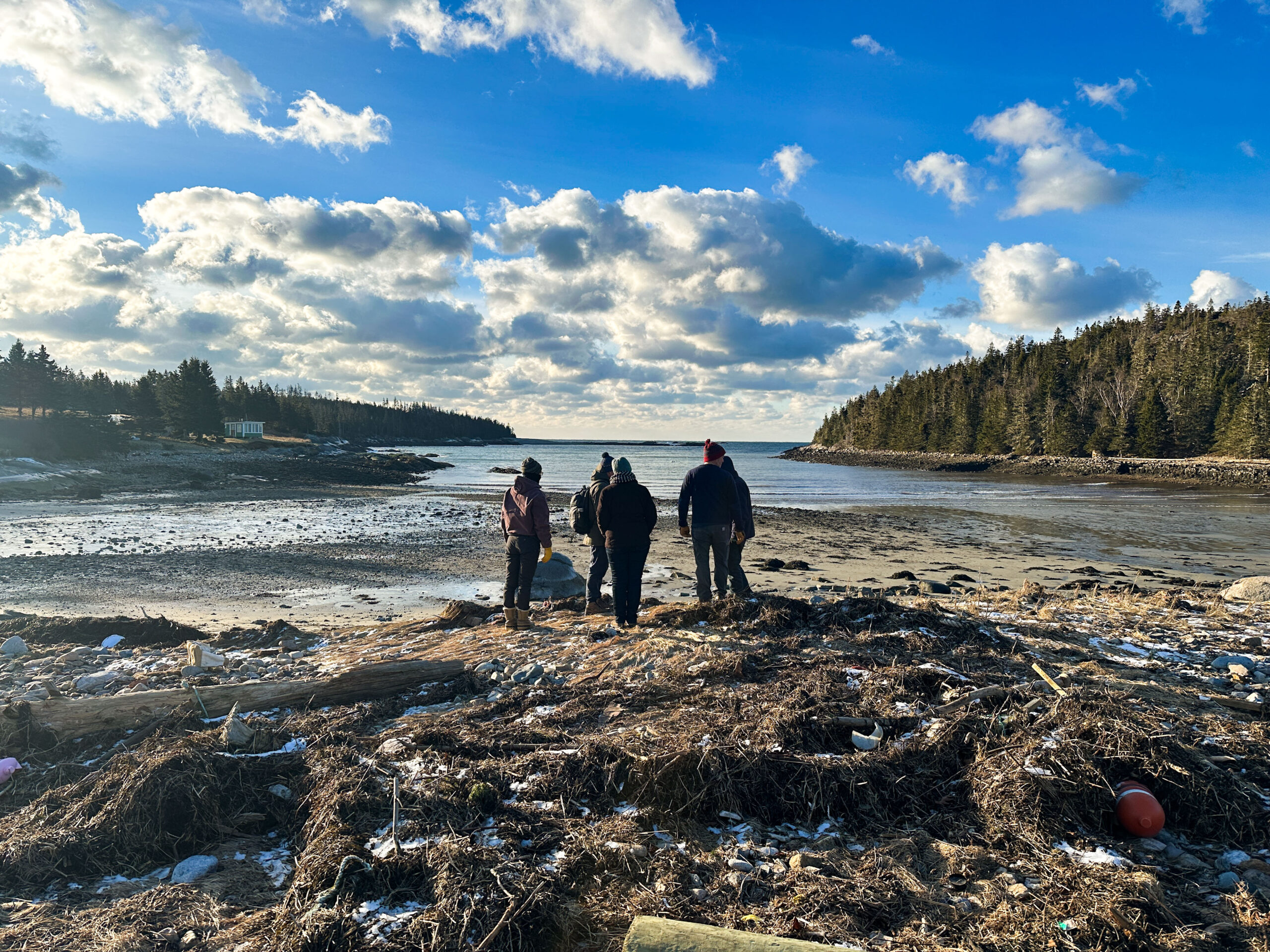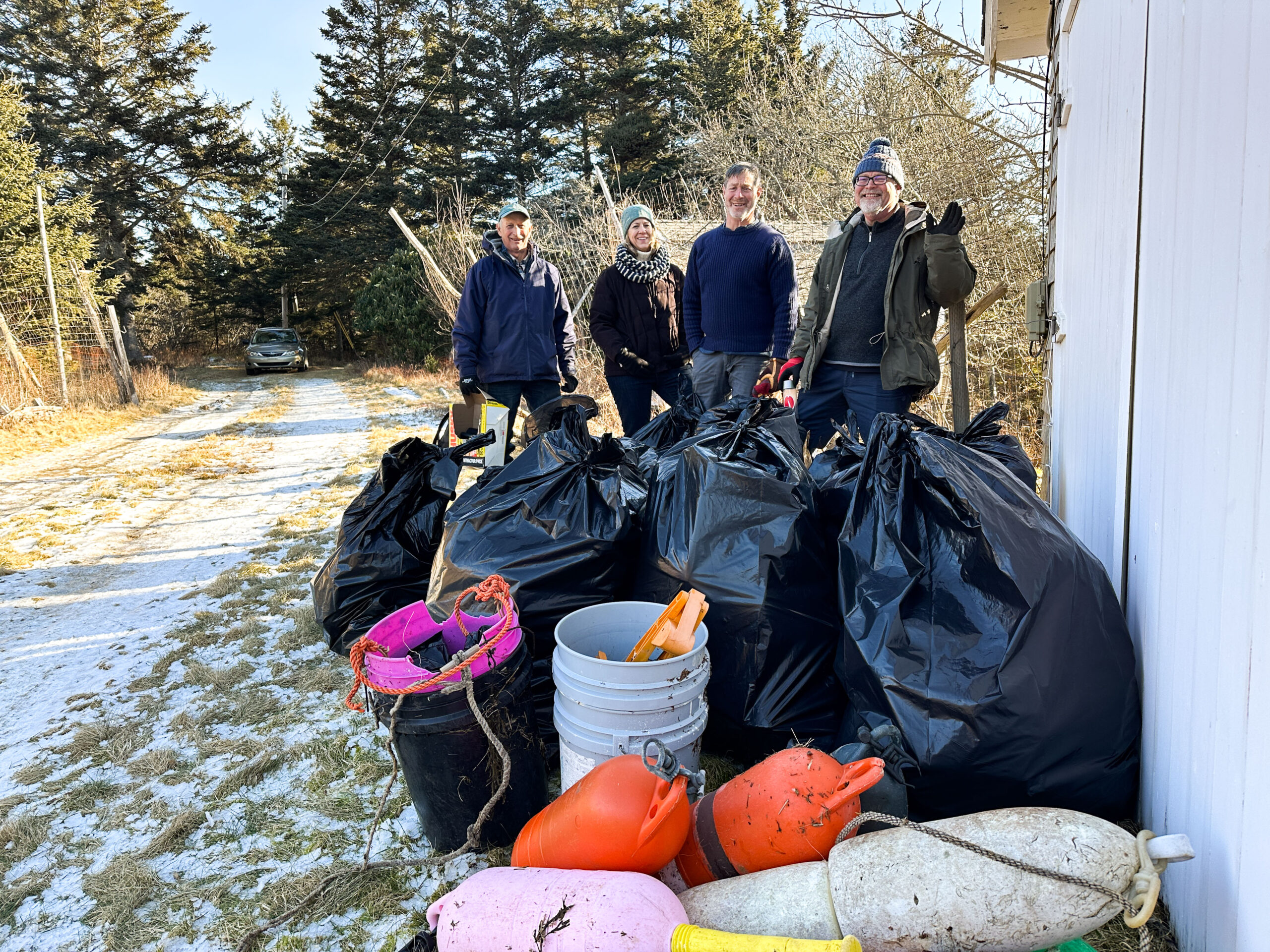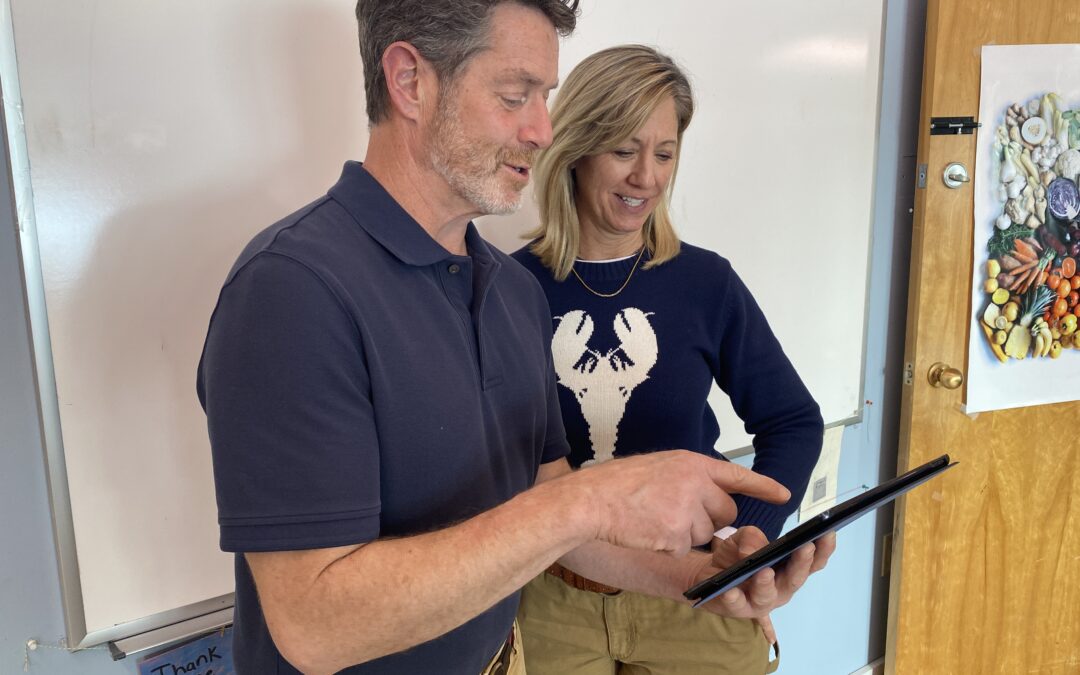
Mission Receives Grant to Create a Virtual Healthcare Bridge
The Mission and MCD Global Health received a $90,000 grant from the Health Resources & Services Administration to help create a healthcare bridge for island residents. Through this grant, the Mission is working with Mount Desert Island Hospital, MaineHealth, and Northern Light Health as well as other stakeholders to provide a greater continuum of care for island residents both through telehealth and in-person visits.
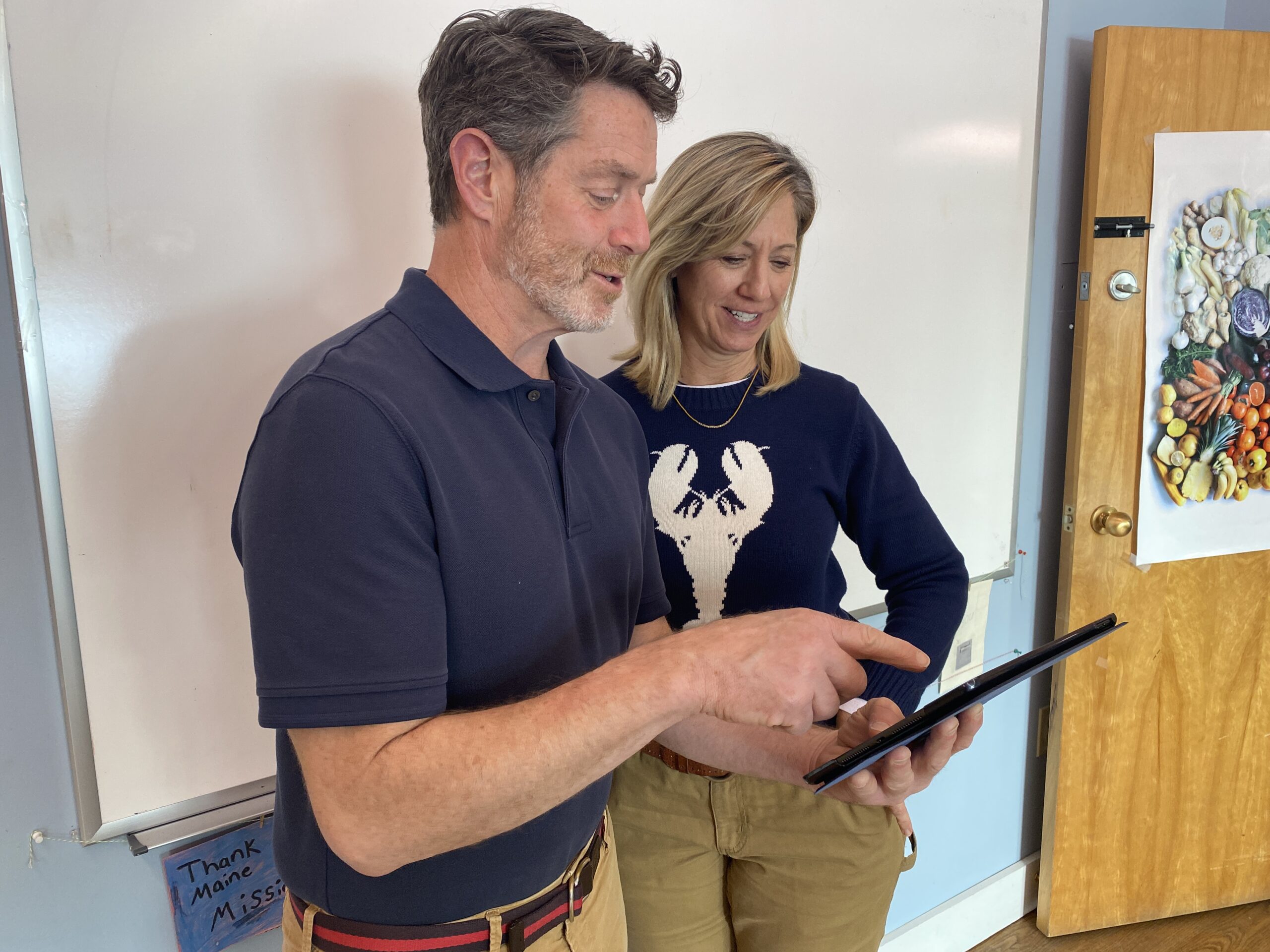
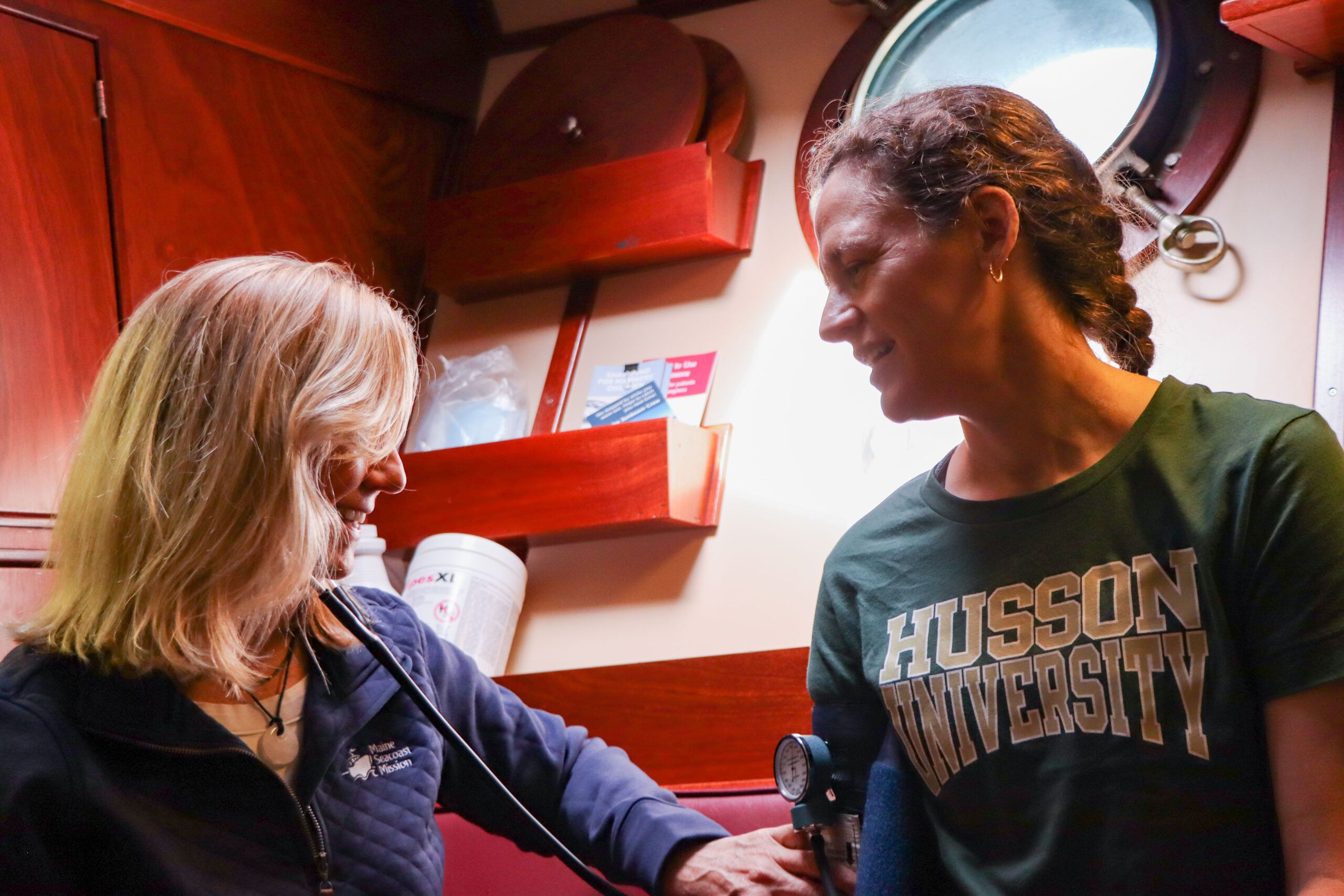
Your gift to the Maine Seacoast Mission makes you part of all we do.
Since 2003, the Mission has served as one of the few organizations to provide regular telemedicine services saving islanders from costly trips to mainland providers. However, to meet an unprecedented need caused by the onset of the Covid pandemic in 2020, clinicians quickly shifted to telecommunications so all patients could readily access a range of virtual services. Now many island residents connect to such services from their own home.
Because of this change, the Mission surveyed its island communities about the high-level of care residents have come to expect from the organization. Islanders identified key needs including telehealth connections with medical specialists like dermatologists, cardiologists, behavioral health and substance abuse providers, and creating a continuum of care. “This is a great opportunity for the Mission to continue to find ways to increase healthcare access and decrease expenses for island residents,” says Sunbeam Nurse Simone Babineaux.
The Mission is now developing a virtual healthcare bridge with its healthcare partners so it can better aid islanders with the support of MCD Global Health (MCD). MCD, which cowrote the grant with the Mission, is a nonprofit based in Maine that has done extensive work in the telehealth field and partners with many Maine-based and international agencies. Through MCD, the Mission is now working with partners including MaineHealth, Northern Light Health, MDI Hospital, St. Joesph’s Hospital, the Island Eldercare Network, and others. Deeper partnership with these organizations helps the Mission provide follow-up care for islanders, which in turn ensures they receive care in their own communities.
MCD Global Health is a public health nonprofit organization and member of the National Network of Public Health Institutes. One area of expertise involves the planning and implementation of digital health solutions to improve the health and well-being of rural and underserved populations in Maine, the Northeast, and beyond.

